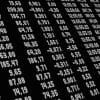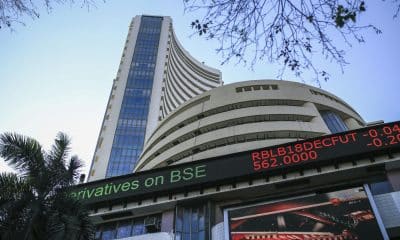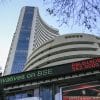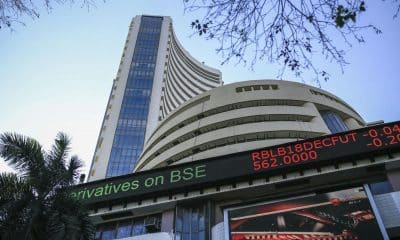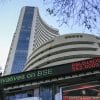Stock Exchange
Market Crash: Sensex Falls 1,049 Points, Nifty Below 23,100 Amid Global and Sectoral Weakness
The Indian stock market witnessed a sharp decline on January 13, 2025, as bearish trends gripped the trading floors. The Sensex plunged by 1,048.90 points or 1.36%, closing at 76,330.01, while the Nifty fell by 345.55 points or 1.47%, ending the day at 23,085.95. This marked the fourth consecutive session of losses, as investors faced mounting concerns over global economic trends and rising crude oil prices.
Key Market Highlights
Sectoral Woes: All major sectoral indices ended in the red, with the realty sector experiencing the steepest decline at 6.7%. The oil and gas, power, PSU, metals, and media sectors followed, recording losses of 3-4% each.
Midcap and Smallcap Crash: The Nifty Midcap Sensex Index fell by 4%, marking its largest single-day drop since June 2024. Similarly, the Smallcap Index declined by 4%, the biggest dip in five months.
Investor Wealth Erosion: The total market capitalization of BSE-listed companies dropped significantly, shedding ₹12.39 lakh crore. It fell to ₹417.28 lakh crore from ₹429.67 lakh crore in the previous trading session.
Factors Driving the Crash
Global Weakness: The Sensex fall was exacerbated by weak global market trends as investors recalibrated their expectations of a US interest rate cut in 2025. The possibility of prolonged high rates dampened sentiment globally.
Crude Oil Prices: Crude oil prices surged to a three-month high, adding pressure to sectors heavily reliant on energy inputs, such as manufacturing and transportation.
Domestic Sell-Off: Indian markets witnessed heavy selling across the board, with investors opting for profit-booking amid uncertain economic signals. Realty stocks bore the brunt of this sell-off due to concerns that rising interest rates would impact property demand.
Economic and Investor Implications
The sharp decline in indices reflects broader concerns about the resilience of the Indian economy to global and domestic challenges. Rising crude oil prices pose risks to inflation, potentially limiting the Reserve Bank of India’s (RBI) ability to implement accommodative policies. Meanwhile, the drop in investor wealth highlights diminishing market confidence, which could impact retail and institutional participation in the near term.
Expert Opinions
Market analysts suggest that the sell-off may not indicate long-term bearishness but rather a correction phase as the markets adjust to evolving macroeconomic conditions. “The current downtrend is driven by external factors like crude prices and US policy expectations. However, India’s economic fundamentals remain strong, and we expect recovery in the coming weeks,” said an industry expert.
Investors are generally advised to exercise caution in the coming days, as market volatility may persist. Experts recommend focusing on fundamentally strong stocks and sectors resilient to external shocks, such as technology and pharmaceuticals.
The Indian stock market’s short-term trajectory might largely depend on developments in global oil prices, US Federal Reserve policies, and domestic corporate earnings during the ongoing reporting season. For now, the bearish grip on the Sensex and Nifty serves as a reminder of the interconnectedness of global and domestic markets.




